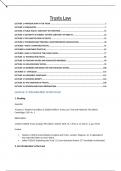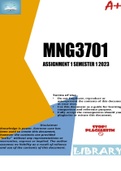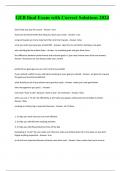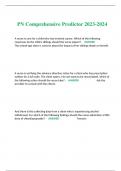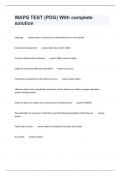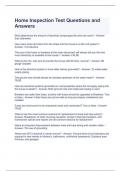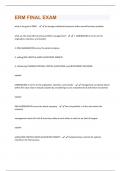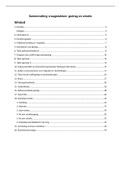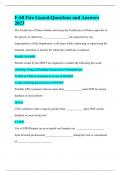Class notes
First Class Trust Law Complete Notes
- Course
- Institution
First Class Trust Law Complete Notes detailing: Formalities; Public policy; certainty of intention; Certainty of subject matter; certainty of objects; The constitution of trusts; The beneficiary principle; Unincorporated associations; Charitable trusts; Trusts of the family home; The resulting trus...
[Show more]
